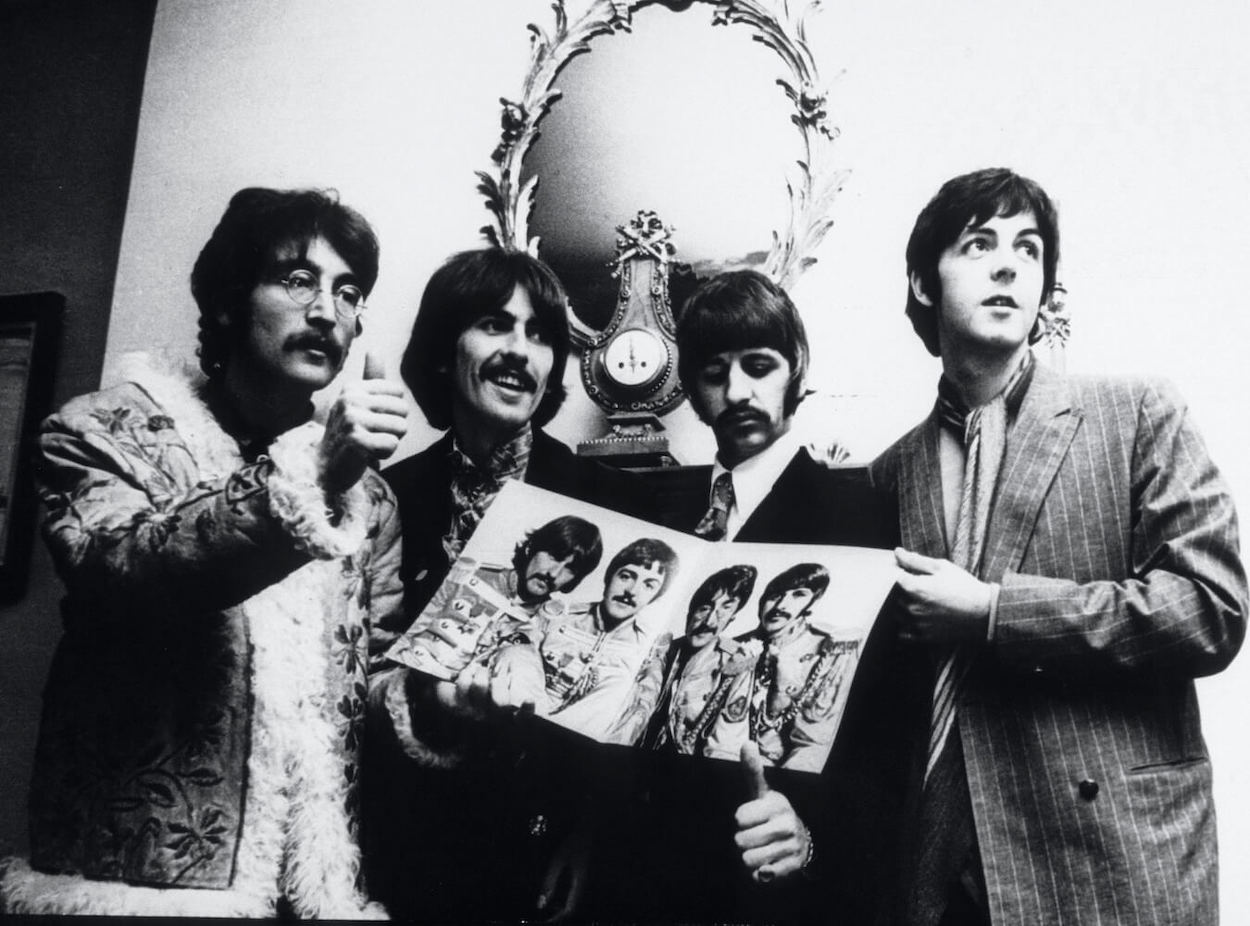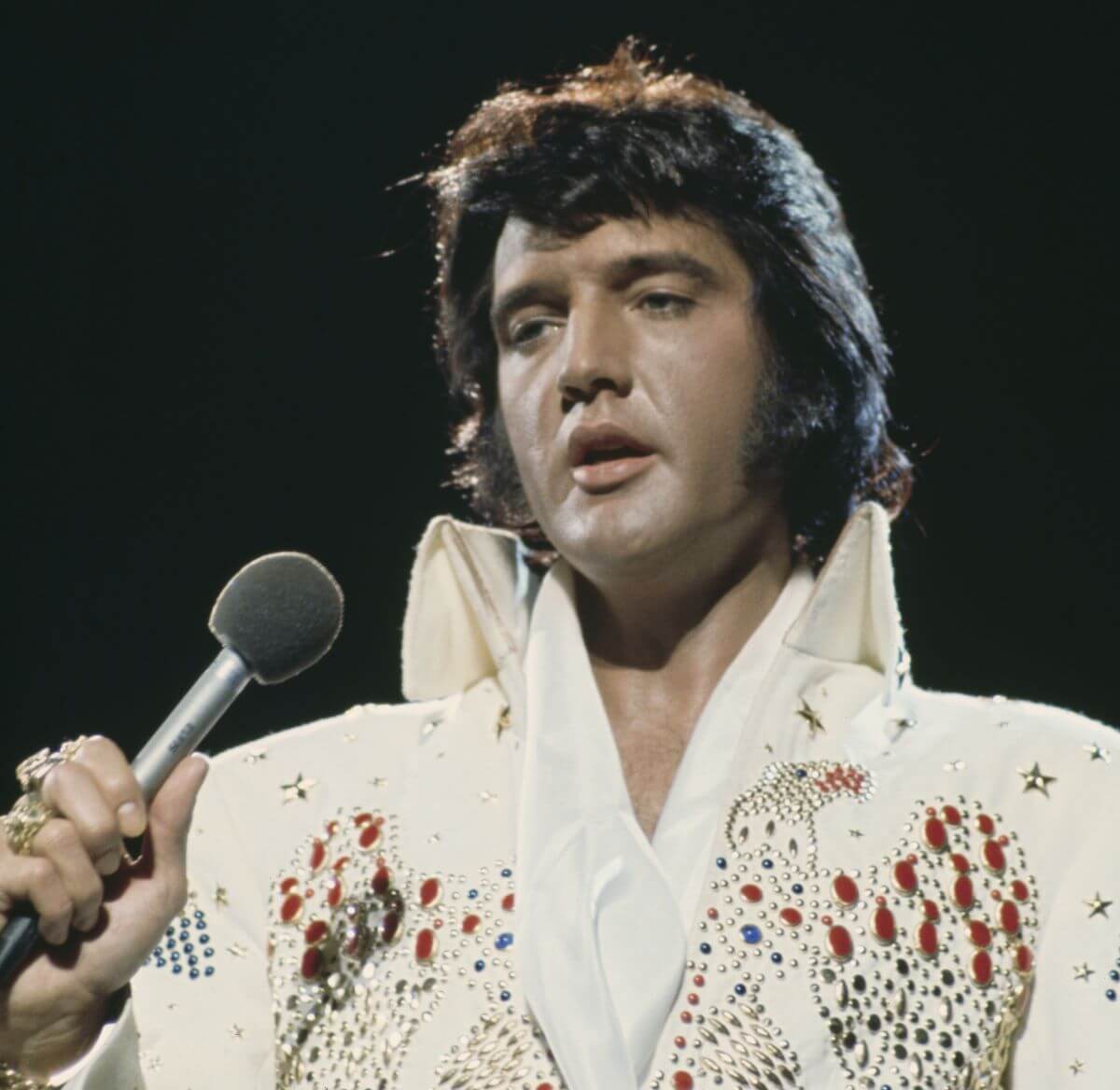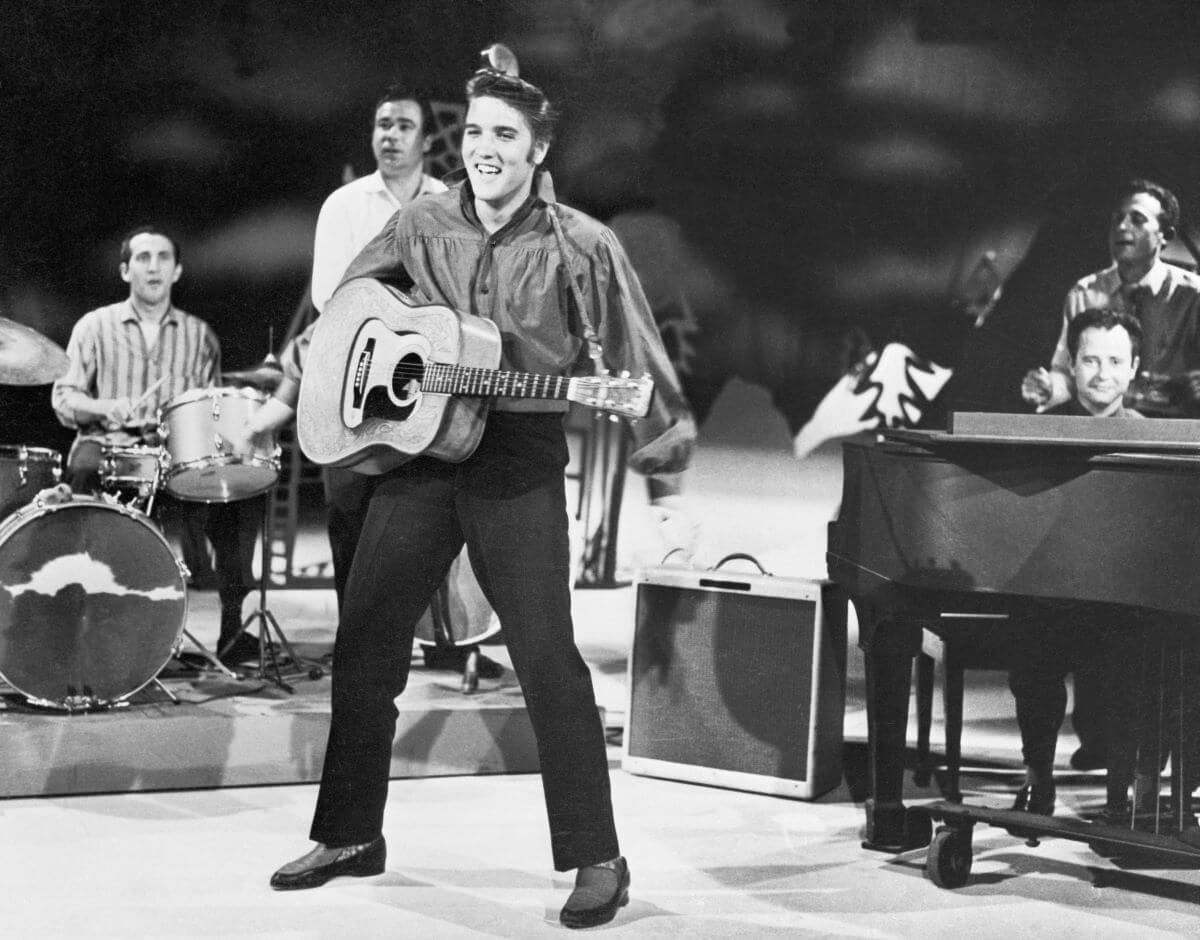
Ranking the 7 Beatles Songs That Were Also Album Titles
The Beatles didn’t change the world overnight. They steadily built an audience in England with their first singles before becoming a legendary band. They suffered insults along the way, including from a fellow musician who called Paul McCartney and John Lennon idiots as songwriters. The Fab Four channeled a ton of creative energy into breaking pop music norms, less so into naming albums. Seven Beatles songs doubled as album titles, and now we’re ranking them.
Notes: We’re not including “Get Back” on our list. It was the working title of the album/project that became Let It Be, but The Beatles never released a record with that name. Chart placement stats via Billboard (United States) and the Official Charts Company (England).
7. ‘Yellow Submarine’
- Song chart positions: No. 2 in the U.S.; No. 1 in England
- Album chart positions: No. 2 in the U.S.; No. 3 in England
We love us some Ringo Starr-sung songs, and his voice is perfect for “Yellow Submarine.” The tune first appeared on Revolver in 1966 before the Fab Four repurposed it for the movie and soundtrack three years later. The sound effects, horn section, and vocal harmonization added interesting elements. Still, the simplistic tune — purposely meant to resemble a children’s song — was an outlier for a band that had shown its serious side over the course of several previous albums.
6. ‘Magical Mystery Tour’
- Song chart positions: N/A
- Album chart positions: No. 1 in the U.S.; EP No. 2 in England (1967); album No. 31 in England (1968)
“Magical Mystery Tour” was the cousin of “Yellow Submarine.” That is, it was a simplistic, psychedelic song with horn blasts and thinly veiled drug references. The way the song slowed down, sped up, then slowed again at the end added some interesting flavor. As far as Beatles songs that doubled as album titles go, “Magical Mystery Tour” is far from the finest.
5. ‘Please Please Me’
- Song chart positions: No. 3 in the U.S.; No. 2 in England
- Album chart positions: No. 155 in the U.S. (2010); No. 1 in England
Here it is — The Beatles song and album that launched the band in England. After “Love Me Do” achieved modest success on England’s singles chart in late 1962, the Fab Four sent “Please Please Me” to No. 2 in early 1963. The album proved to be even more successful. It debuted in the top 10 in April 1963, spent 30 consecutive weeks in the top spot, and didn’t leave the top 10 until June 1964.
The United States was slow to catch on to The Beatles, but fans of the band put “Please Please Me” at No. 3 on the Billboard singles chart nearly a year after its release in England.
4. ‘A Hard Day’s Night’
- Song chart positions: No. 2 in the U.S.; No. 1 in England
- Album chart positions: No. 1 in the U.S.; No. 1 in England
Is it the most recognizable guitar chord ever strummed? Perhaps, and if not the most recognizable ever, then it probably topped The Beatles’ list. The clanging chord that opened “A Hard Day’s Night” practically unfurled the entire song instantly on subsequent listens, and what a doozy it was. The rapid bongo beat (played by engineer Norman Smith) provided a propulsive sound. Ringo added cowbell and other percussion. George Harrison’s guitar solo, which George Martin mirrored on piano, was a celebratory breather in the middle of an intense love song. The layered instrumentation came together beautifully, and fans on both sides of the Atlantic Ocean ate it up.
3. ‘Help!’
- Song chart positions: No. 1 in the U.S.; No. 1 in England
- Album chart positions: No.1 in the U.S.; No. 1 in England
“Help!” shared some traits with “A Hard Day’s Night.” It was a Beatles song that also served as an album title and a tune that opened a soundtrack album, the second in as many years for the group.
The album became another No. 1 hit for the Fab Four, but the song might be one of the most important in The Beatles’ catalog. Though cloaked beneath a catchy tune and ostensibly tied to the movie, John later revealed “Help!” was a real-life cry for help. As The Beatles’ fame increased, he descended into a deep depression that he likened to “going through murder.”
When Rubber Soul followed Help! later in 1965, it showed The Beatles tackling more mature and serious themes on songs such as “Norwegian Wood (This Bird Has Flown),” “Girl,” “I’m Looking Through You,” and “Run For Your Life.” So. “Help!” telegraphed the route the Fab Four would take for the rest of their career.
2. ‘Let It Be’
- Song chart positions: No. 1 in the U.S.; No. 2 in England
- Album chart positions: No. 1 in the U.S.; No. 1 in England
Paul wrote the legendary ballad “Yesterday” for the Help! soundtrack in 1965. Nearly a half decade later, he gave the world another one with “Let It Be.” The tune originated during the White Album period but was the perfect fit for the band’s final release.
With the Fab Four about to disintegrate, Paul’s mantra to “let it be” seemed to be a reminder — to himself, his bandmates, and to fans — that the future wasn’t hopeless. George’s tasteful guitar solo and the somber horns elevate a song that Paul’s bandmates felt little affection for, but fans loved. The quasi-religious song, The Beatles last single as an ostensibly functional foursome, topped the charts on both sides of the Atlantic.
1. ‘Sgt. Pepper’s Lonely Hearts Club Band’
- Song chart positions: No. 71 in the U.S. (1978); No. 63 in England (1978)
- Album chart positions: No. 1 in the U.S.; No. 1 in England
It’s the obvious choice, isn’t it? If you’re ranking Beatles songs that were also album titles, then you’re almost obligated to put “Sgt. Pepper’s Lonely Hearts Club Band” in the top spot. After it, the album might be the band’s signature record, and the song led off the whole thing.
“Sgt. Pepper” might not be one of the best songs from the album. That would be “A Day in the Life,” which was preceded by the fast-paced “Sgt. Pepper’s Lonely Hearts Club Band Reprise.” It didn’t change the English language like “Lovely Rita” did, but “Sgt. Pepper’s Lonely Hearts Club Band” set the stage for an expansive pseudo-concept album that was one of The Beatles’ most successful records. It spent a combined 43 weeks in the No. 1 spot (15 in the U.S. and 28 in England) and spent years among the top-performing albums in both countries.
The Beatles frequently avoided having song titles double as album titles. When you look at the seven instances when they double-dipped, you see a pretty clear hierarchy emerge.
For more on the entertainment world and exclusive interviews, subscribe to Showbiz Cheat Sheet’s YouTube channel.



